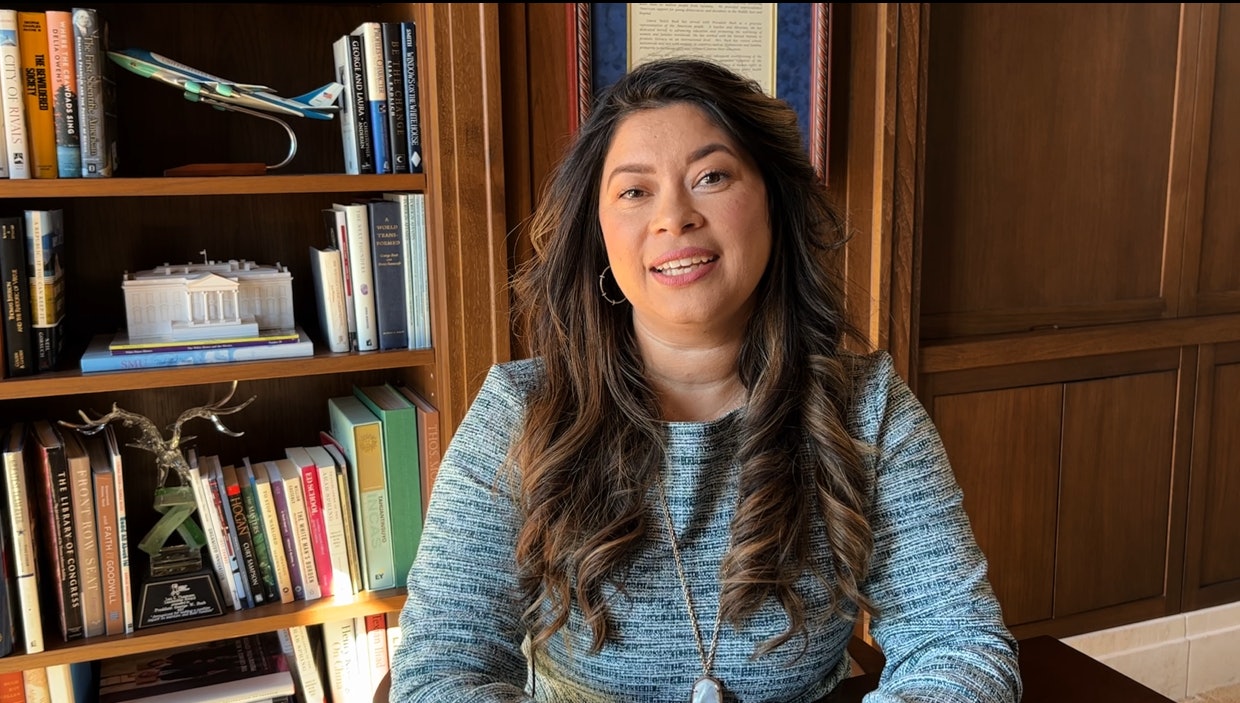The final rule broadening the definition of public charge will deprive the United States of a much-needed labor force.
The government’s final rule broadening the definition of public charge will deprive the nation of a much-needed labor force. Regardless of their skills, education, or country of origin, immigrants contribute to the U.S. economy and enrich our culture.
Immigrants only account for 13.5 percent of our country’s population, yet they represent a full 17 percent of the American labor force. That is to say: immigrants work, and in fact display a higher level of labor force participation than the native-born.
Sure, public charge most likely impacts lower skilled immigrants, but these immigrants are also vital to industries we interact with regularly. They make up nearly a quarter of American construction workers, and 30 percent of hotel and lodging workers. Furthermore, nearly a quarter of direct care health workers are immigrants. This category includes home health aides, a profession growing in demand as Baby Boomers age.
Do some immigrants use public benefits? Yes. But they use them at lower rates than native-born Americans—and that is when the law does not prohibit it.
Most legal immigrants cannot receive government benefits until they have been in the U.S. for five years. Temporary workers and the undocumented are prohibited from receiving most benefits, too. Nevertheless, the final public charge rule casts immigrants as a drain on government resources.
For decades, public charge has been defined as an individual likely to become primarily dependent on the government by receipt of public cash assistance for income maintenance, or institutionalization for long-term care at government expense. The new rule will now also consider non-cash benefits such as food stamps, Medicaid, and Section 8 housing assistance.
The rule requires government bureaucrats to gaze into a crystal ball to determine if a prospective immigrant will at any point in the future become a public charge. The factors considered cannot allow them with any certainty to determine that. Prospectively prohibiting potential immigrants misses an opportunity to bring them into a labor force that desperately needs workers.
Instead of barring entry because we think an immigrant might not thrive, we should be helping immigrants fully integrate into our economy, putting them on the path to self-sufficiency.
This is best achieved at a community level with buy-in from the private sector. And it should start with English language learning. We know that immigrants who speak English well earn more over time than their less fluent counterparts. Employers are on the front lines of this and should do more to help their immigrant employees become fluent English speakers. Walmart, for example, provides professional development courses including English as a Second Language.
City, county, and state governments can also lend a hand. They can start by reviewing the government-imposed barriers to economic success. These include burdensome occupational licensing regulations that prevent a well-educated or skilled immigrant from making full use of their education and training in the U.S.
Cities should foster welcoming communities for immigrants. For example, Dallas has a Welcoming Communities and Immigrant Affairs office and other cities across the U.S. are participating in the Welcoming America movement to create more prosperous, inclusive cities. These strong communities are vital to the entire assimilation process, not just the economics. And they can provide support to an immigrant family who needs a little help getting on their feet.
These are just a few examples of how we can be proactive and solutions-oriented. We all want immigrants to be self-sufficient. But we can prevent immigrants from becoming a public charge without a federal regulatory straitjacket. In fact, strong communities working at the local level can enable immigrants to create a stable financial future for themselves. A policy like that would be a win-win for the immigrants and for their native-born neighbors.





























